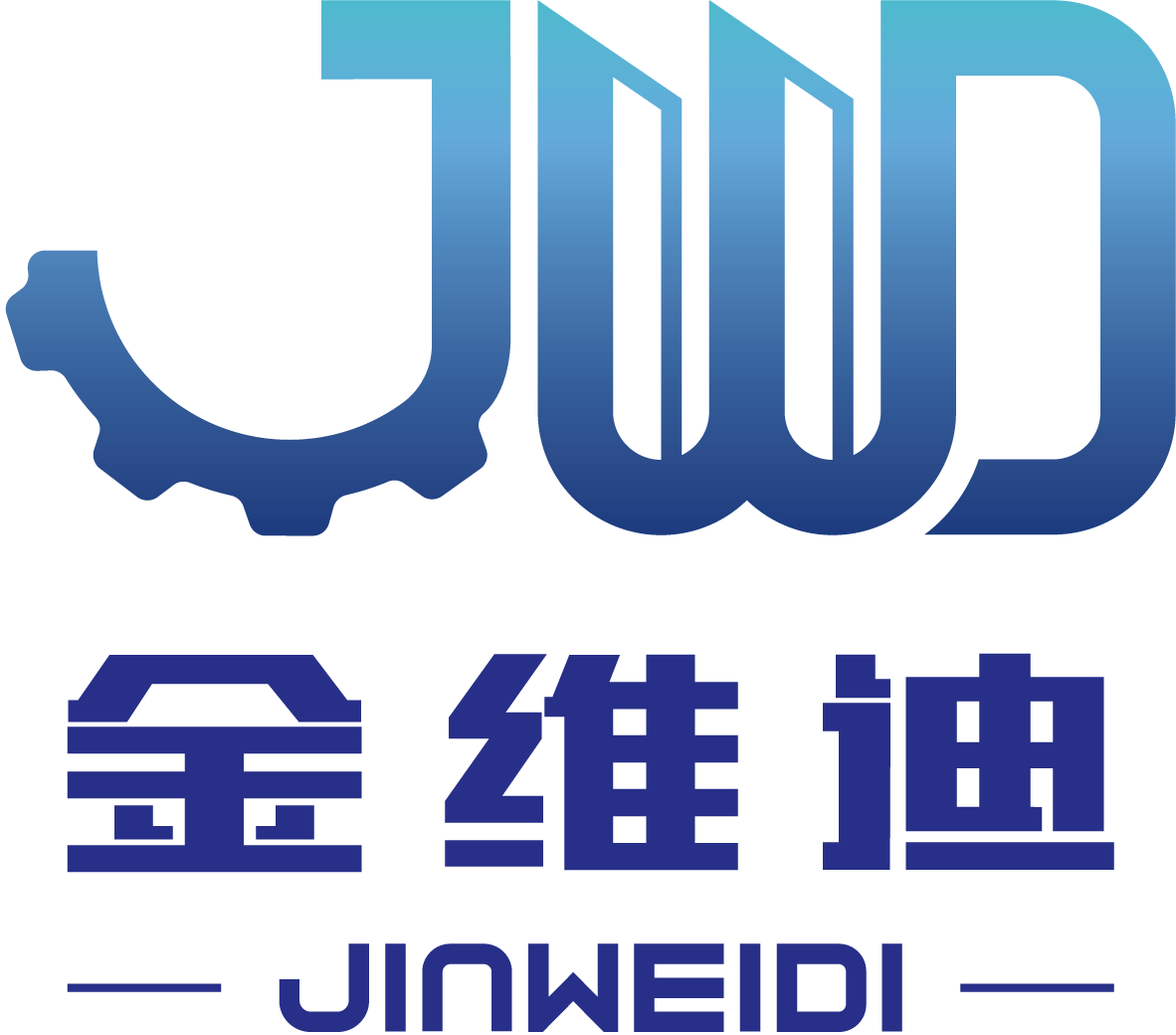Understanding the Pneumatic Peeling Machine: A Key Component in Manufacturing and Construction
The pneumatic peeling machine is an essential tool in the manufacturing and construction industries, specifically for processing steel bars and prestressed materials. Utilizing compressed air to operate, these machines offer a unique solution for peeling the surface of steel, which is crucial for preparing materials used in various structural applications. The primary function of a pneumatic peel
Aug 11,2025
The pneumatic peeling machine is an essential tool in the manufacturing and construction industries, specifically for processing steel bars and prestressed materials. Utilizing compressed air to operate, these machines offer a unique solution for peeling the surface of steel, which is crucial for preparing materials used in various structural applications.
The primary function of a pneumatic peeling machine is to remove the outer layer of steel, which may contain imperfections, rust, or other contaminants that could affect the material's performance. By employing a peeling process, manufacturers can ensure a clean and uniform surface, enhancing the adhesion of coatings and improving the overall quality of the product. This is particularly important in industries where the integrity and durability of materials are paramount, such as construction and heavy engineering.
One of the key advantages of pneumatic peeling machines is their efficiency. Compared to manual peeling methods, these machines can significantly reduce the time required to prepare steel surfaces. The automation of the peeling process minimizes human error and enhances precision, ensuring that each piece of material meets stringent quality standards. Additionally, pneumatic systems are typically easier to control, allowing operators to adjust pressure and speed according to the specific requirements of the job.
Moreover, pneumatic peeling machines contribute to the sustainability of manufacturing processes. By effectively removing unwanted surface materials, they enable the recycling of steel components and reduce waste, ultimately supporting environmentally friendly practices in the industry. This aligns with the growing emphasis on sustainability in construction and manufacturing, where the focus is on minimizing the ecological impact of operations.
In terms of maintenance, pneumatic peeling machines are generally straightforward to service. Regular checks on the pneumatic components and ensuring that the air supply is adequate will keep the machine operating efficiently. By adhering to a proper maintenance schedule, companies can extend the lifespan of their equipment and reduce downtime, which is critical in fast-paced manufacturing environments.
In conclusion, the pneumatic peeling machine is a vital tool in the manufacturing and construction sectors, particularly for the processing of steel and prestressed materials. Its ability to enhance surface quality, improve efficiency, and promote sustainability makes it an invaluable asset. Understanding the capabilities and benefits of pneumatic peeling machines can help professionals in the industry make informed decisions about their use and implementation in various applications.
The primary function of a pneumatic peeling machine is to remove the outer layer of steel, which may contain imperfections, rust, or other contaminants that could affect the material's performance. By employing a peeling process, manufacturers can ensure a clean and uniform surface, enhancing the adhesion of coatings and improving the overall quality of the product. This is particularly important in industries where the integrity and durability of materials are paramount, such as construction and heavy engineering.
One of the key advantages of pneumatic peeling machines is their efficiency. Compared to manual peeling methods, these machines can significantly reduce the time required to prepare steel surfaces. The automation of the peeling process minimizes human error and enhances precision, ensuring that each piece of material meets stringent quality standards. Additionally, pneumatic systems are typically easier to control, allowing operators to adjust pressure and speed according to the specific requirements of the job.
Moreover, pneumatic peeling machines contribute to the sustainability of manufacturing processes. By effectively removing unwanted surface materials, they enable the recycling of steel components and reduce waste, ultimately supporting environmentally friendly practices in the industry. This aligns with the growing emphasis on sustainability in construction and manufacturing, where the focus is on minimizing the ecological impact of operations.
In terms of maintenance, pneumatic peeling machines are generally straightforward to service. Regular checks on the pneumatic components and ensuring that the air supply is adequate will keep the machine operating efficiently. By adhering to a proper maintenance schedule, companies can extend the lifespan of their equipment and reduce downtime, which is critical in fast-paced manufacturing environments.
In conclusion, the pneumatic peeling machine is a vital tool in the manufacturing and construction sectors, particularly for the processing of steel and prestressed materials. Its ability to enhance surface quality, improve efficiency, and promote sustainability makes it an invaluable asset. Understanding the capabilities and benefits of pneumatic peeling machines can help professionals in the industry make informed decisions about their use and implementation in various applications.
PREVIOUS:
Related Posts
Contact Us
E-mail:
jwd_machinery@sina.com
Phone/WhatsApp:
+86 18515871688
Address:
North side of 7th Road, Taocheng North Industrial Park, Hengshui City, Hebei Province, China




